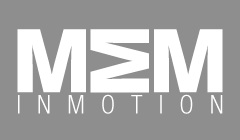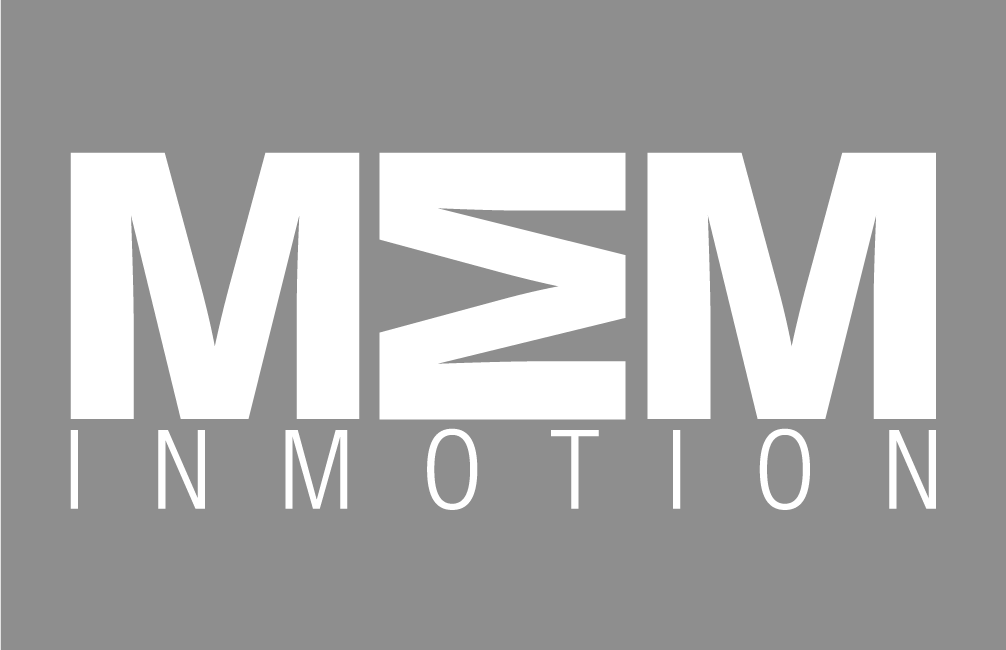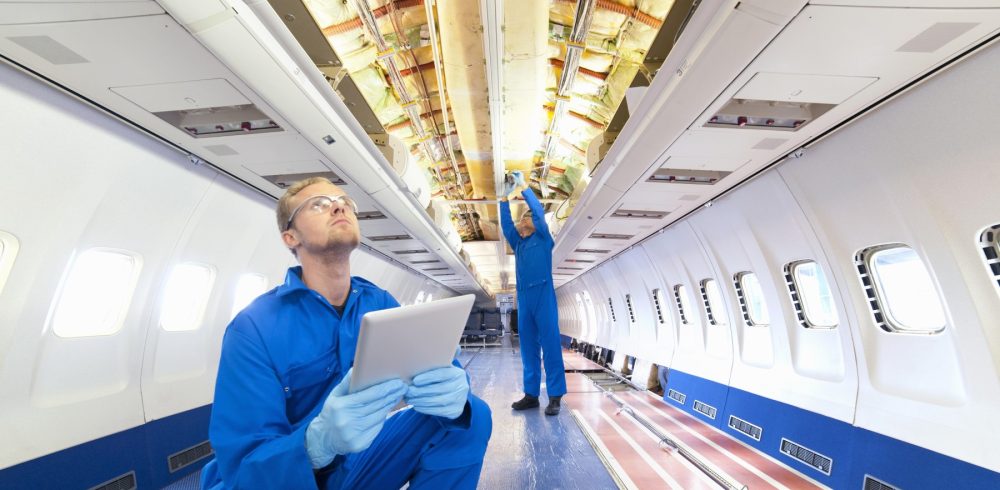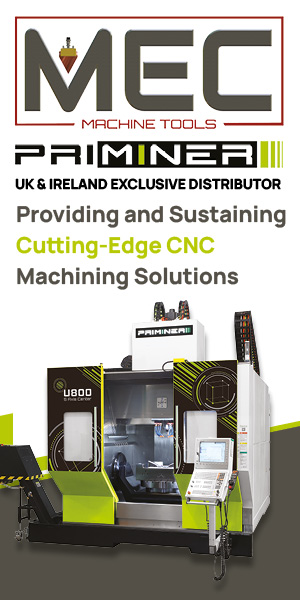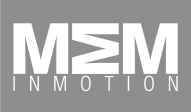Cabin design is an important topic for aircraft manufacturers, with companies looking for ways to modernise, deliver a better passenger experience and improve sustainability. As more airlines look to update their interiors, additive manufacturing provides a way to rethink part design to simplify, thin or lightweight components. But what parts is it suitable for, and how is it already being applied? Here Dave Moore, 3D print consultant at Tri-Tech 3D, explores.
3D printing’s most prominent advantage for aircraft interiors is the ability to customise parts to be lightweight, and to do so quickly. Parts can be designed with complex geometries, thinner walls than their injection moulded counterparts, or consolidated into components that reduce material use and weight. In addition, parts can be designed to include fittings or movable features to enable more straightforward assembly.
The ability to rapidly produce custom parts directly from a digital file on demand can remove the need for hefty inventory, remove concerns about obsolete components and avoid supply chain delays. Manufacturers can quickly replace damaged interior parts, without the need to stockpile spares.
“Plastic cabin parts are typically injection moulded, but this is an expensive approach for a low volume of around 3-4,000 parts per year,” said Garry Sellick, additive manufacturing manager at Airframe Designs. “Based on initial studies, we believe we can achieve an individual part price reduction with 3D printing. And, with the freedom of AM, we can achieve a weight reduction that can lower carbon emissions.”
How is 3D printing being applied?
The ability to produce repeatable, accurate 3D printed end-use parts using aerospace-approved materials is benefitting many aircraft manufacturers and operators. Stratasys, aircraft MRO company SIA Engineering Company, and 3D printing bureau Additive Flight Solutions have produced more than 5,000 parts certified for aircraft cabins.
In the functional interior of an aircraft, 3D printing is being explored for the production of ducting, vents, plenums, baffles, cable management, electrical housings and more. AM is also being applied for the production of aesthetic parts, such as light covers, bezels, trim, signs, door latch components, seat end and arm rest caps.
China Eastern prints custom support devices for Electronics Flight Bags for use across its A330, A320 and B737 fleets — saving 72 per cent on cost. It also prints replacement business class newspaper holders, saving 48 per cent of costs and reducing lead time to three days.
Generally, low volume parts with some level of customisation are good candidates for AM. While certification for non-flight critical components is easier, interest is also growing to product flight-critical parts. Etihad is now envisioning an entire retrofit of an aircraft in 30 days using 3D printing, to achieve 30 per cent faster upgrades.
Choosing 3D printing technology
To be able to produce highly accurate and repeatable parts, manufacturers need a deep understanding of the 3D printing process and the causes of variation. To aid manufacturers with this process, original equipment manufacturers (OEMs) are producing specialised 3D printing systems. A great example is the Fortus 900mc, which is mechanically enhanced to remove common causes of part repeatability, such as by controlling moisture, and is supplied with all the process control documentation needed to certify parts. The 3D printing process, certified by the US National Center for Advanced Materials Performance, is designed to remove complexity from achieving certification from the relevant aviation agency, be it EASA or FAA.
Alongside dedicated machines, there are numerous materials available with the relevant certifications: FST, FAR 25.863 and UL94, alongside excellent strength to weight ratios. For example, the ULTEM™ 9095 and 1010 resins.
In many cases, the business case will be clear — less time on the ground, reduced inventory spend and happier customers will reap rewards. Establishing a process successfully will require the support of a reliable provider, to talk through the potential material and machine options and ensure the optimum process.
For more information on 3D printing systems and materials for aerospace applications, visit https://www.tritech3d.co.uk/contact.
